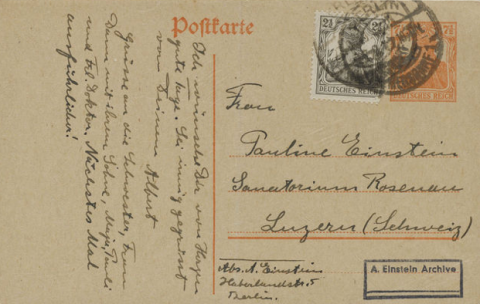Ever since the Large Hadron Collider (LHC) went online in 2008, physicists have been conducting experiments, hoping to finally prove or disprove the existence of The God Particle, otherwise known as the Higgs Boson. CERN (which operates the LHC) gives this basic introduction to the theorized particle:
A major breakthrough in particle physics came in the 1970s when physicists realized that there are very close ties between two of the four fundamental forces – namely, the weak force and the electromagnetic force. The two forces can be described within the same theory, which forms the basis of the Standard Model. This ‘unification’ implies that electricity, magnetism, light and some types of radioactivity are all manifestations of a single underlying force called, unsurprisingly, the electroweak force. But in order for this unification to work mathematically, it requires that the force-carrying particles have no mass. We know from experiments that this is not true, so physicists Peter Higgs, Robert Brout and François Englert came up with a solution to solve this conundrum.
They suggested that all particles had no mass just after the Big Bang. As the Universe cooled and the temperature fell below a critical value, an invisible force field called the ‘Higgs field’ was formed together with the associated ‘Higgs boson’. The field prevails throughout the cosmos: any particles that interact with it are given a mass via the Higgs boson. The more they interact, the heavier they become, whereas particles that never interact are left with no mass at all.
That quick statement sets the stage for watching the video above. Here we have Daniel Whiteson, a physics professor at UC Irvine, giving us a fuller explanation of the Higgs Boson, mercifully using animation to demystify the theory and the LHC experiments that may confirm it sooner or later. H/T Metafilter
Looking to bone up on physics? Find 31 Free Physics Courses in our Collection of 450 Free Courses Online. They’re all from top universities — MIT, Stanford, Yale and the rest.



